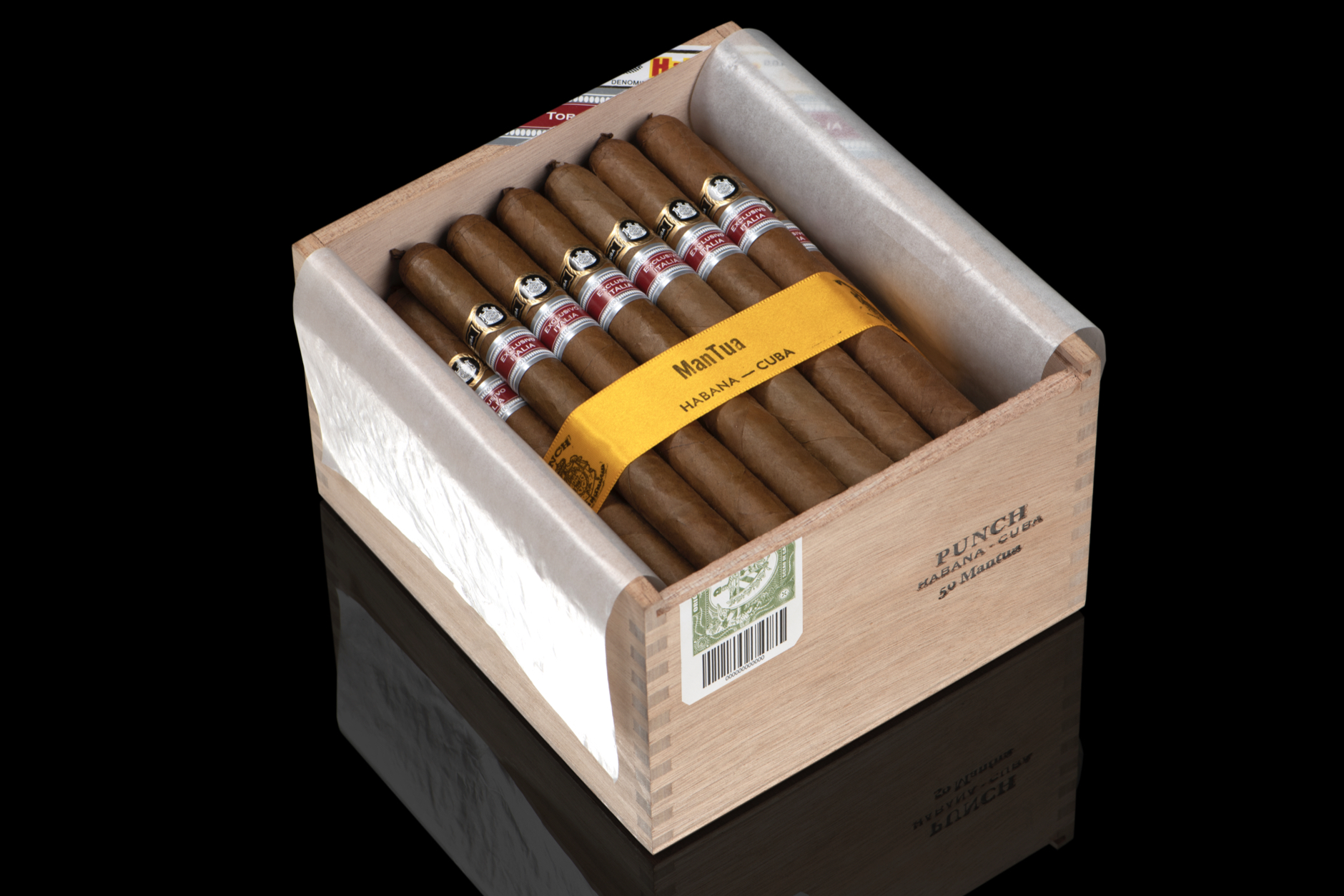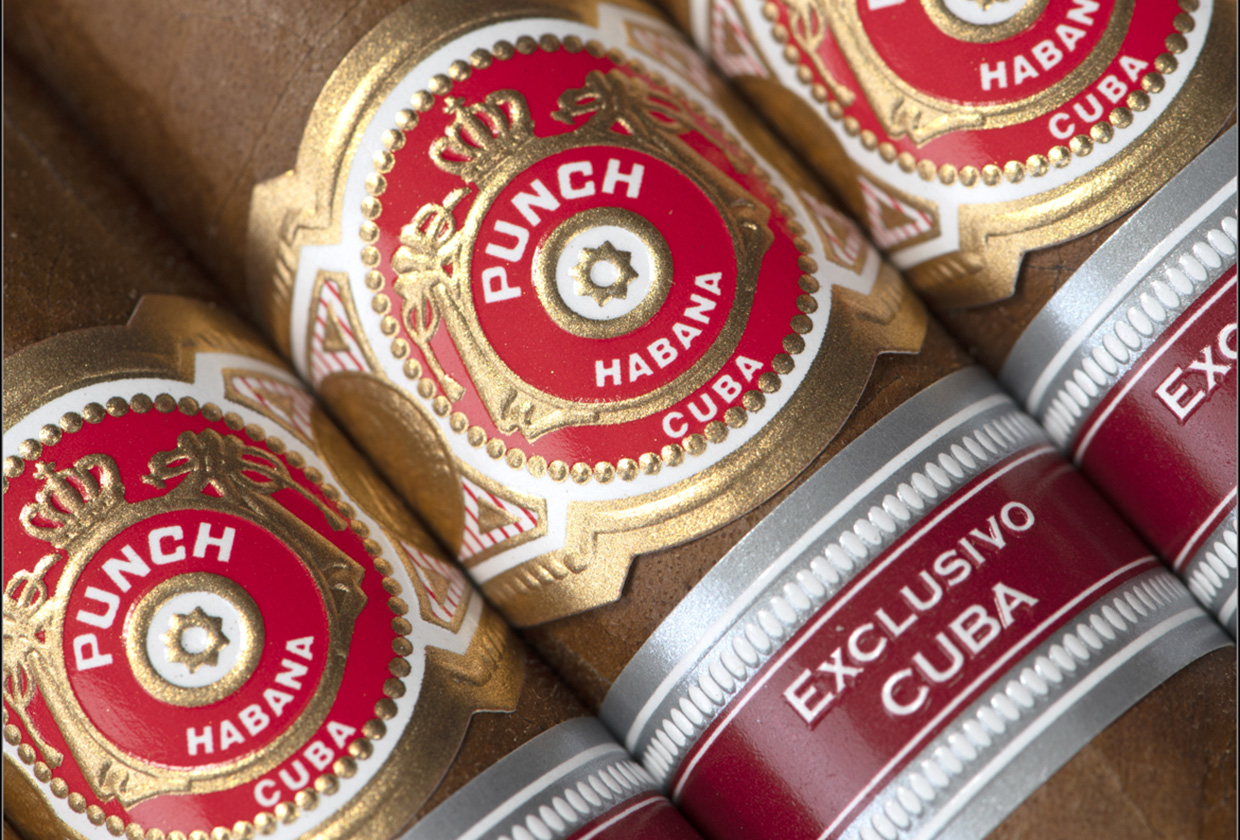There was a time when lonsdales were the most popular long cigars in America. Then again, that was right around the time when candela wrappers were also at their height of their popularity.
The point of all that is that those days have very much passed.
Cigars that are long and skinny don’t sell particularly well. And for the small audience that appreciates cigars like that, the infatuation seems more with the longer and skinnier lancero size than the lonsdale vitola. But despite weak sales, there’s still probably a few dozen new lonsdale releases per year.
One of those often comes from Habanos S.A.’s Edición Regional program, which allows distributors of Cuban cigars to commission specific sizes of Cuban cigars that aren’t regularly produced. There is some history and rules to the process, which more or less go like this:
In 2005, Habanos S.A. introduced a new series of limited production releases that would eventually become to be known as Edición Regional (Regional Edition). The program took regular Habanos S.A. brands and gave their regional distributors special sizes that aren’t part of the respective brand’s regular production line-up. In some cases, like the Bolivar Gold Medals, Habanos S.A. gave specific distributors sizes that had been discontinued, but most are sizes that have never been available for that brand prior. There’s one major exception to the rule and that would be perhaps the most famous ER, the Edmundo Dantés El Conde 109, which is an ER available for Mexico that is related to the Montecristo brand, but is largely its own brand.
The first Edición Regionals didn’t feature the red and silver secondary bands that read “Exclusivo (Region Name)” that has become synonymous with the ER releases.
More recently, with little exception distributors are restricted to a single Edición Regional release per year. That being said, many of the releases don’t actually ship until one or two years after their planned year.
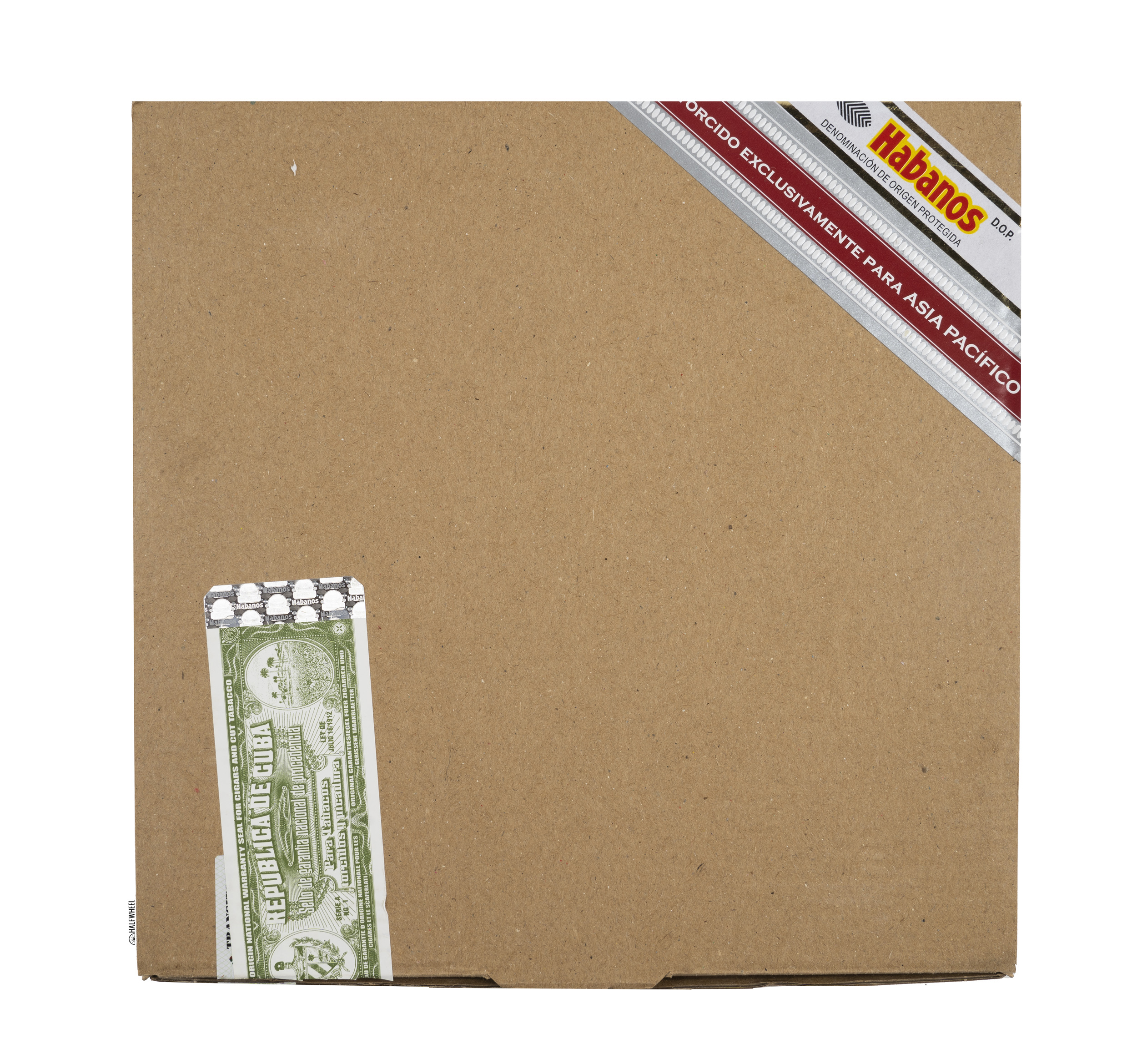
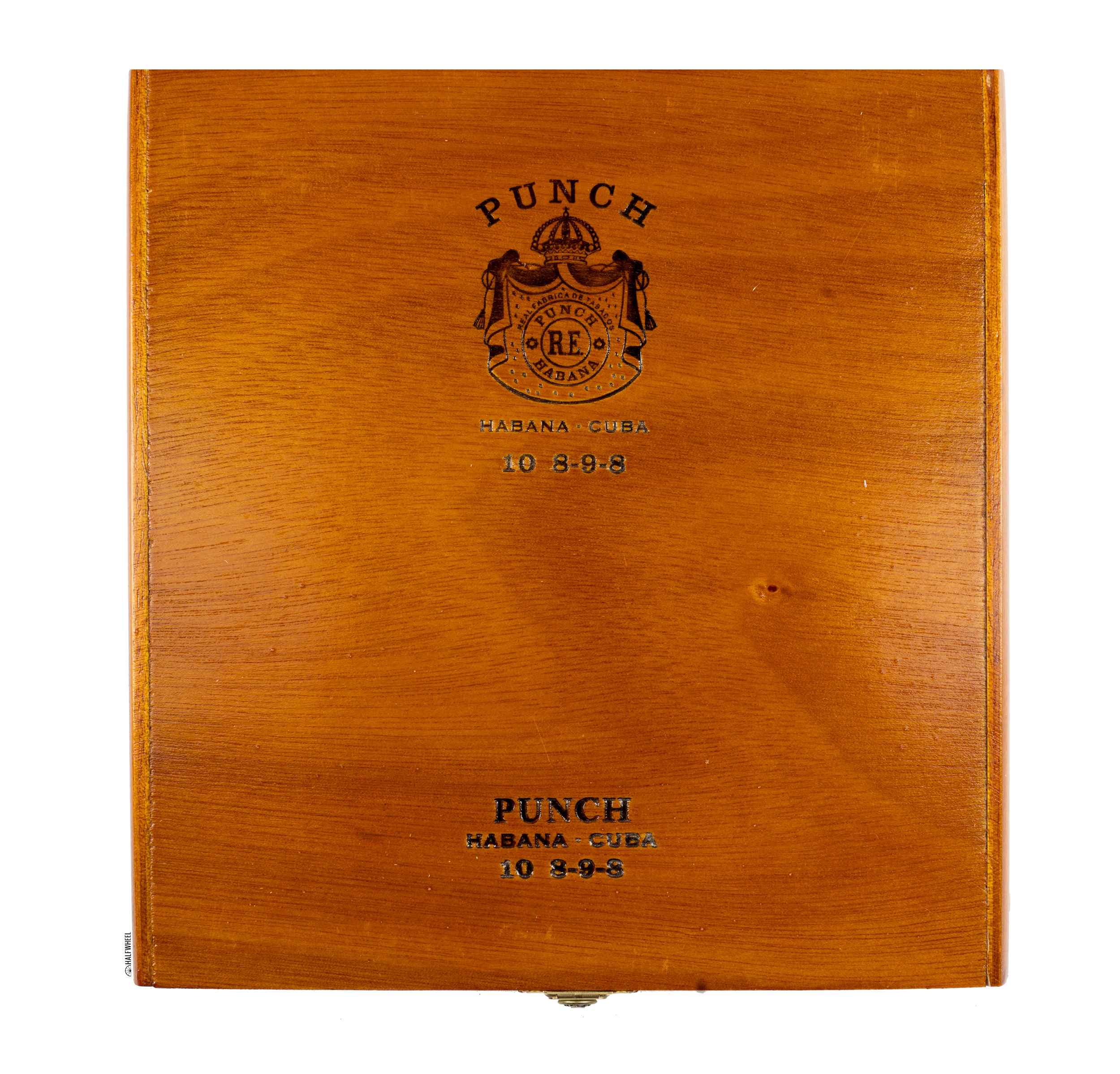
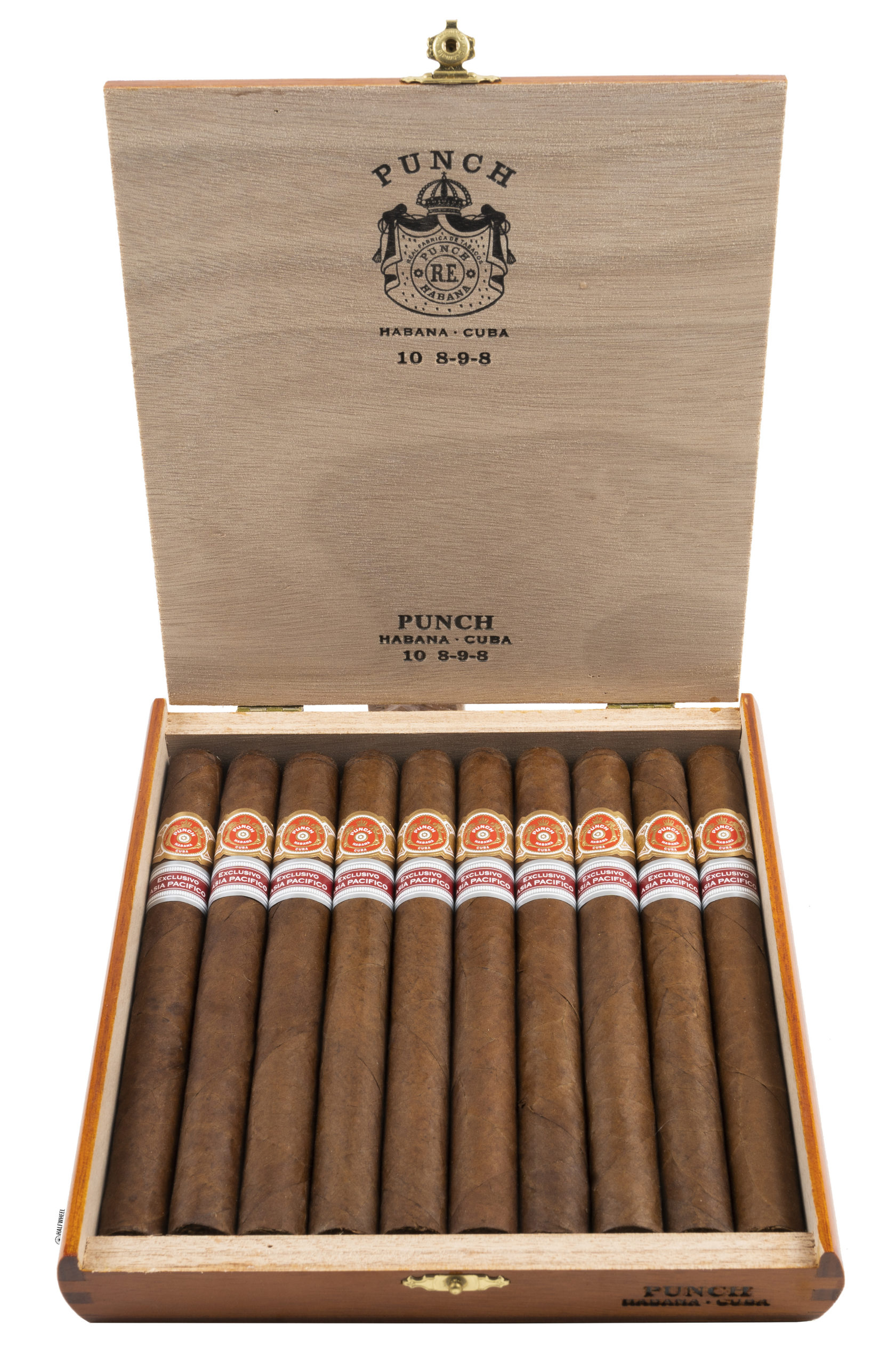

For its 2018 Edición Regional, Pacific Cigar Co.—the distributor for almost of all Asia—chose a lonsdale in the Punch brand. Called the Punch 8-9-8, the cigar measures 6 7/10 (170mm) x 43, a vitola named Dalias. It is the same size as the well-known Partagás 8-9-8 and the Cohiba Siglo V, as well as various other cigars branded 8-9-8 over the years. In what has become an increasingly popular thing to do, the cigars were limited to a number of boxes that use the number eight—a lucky number in Chinese culture—specifically 8,888 boxes of 10.
In what has become more the norm than not for the Edición Regional program, the cigars didn’t arrive until the following year.
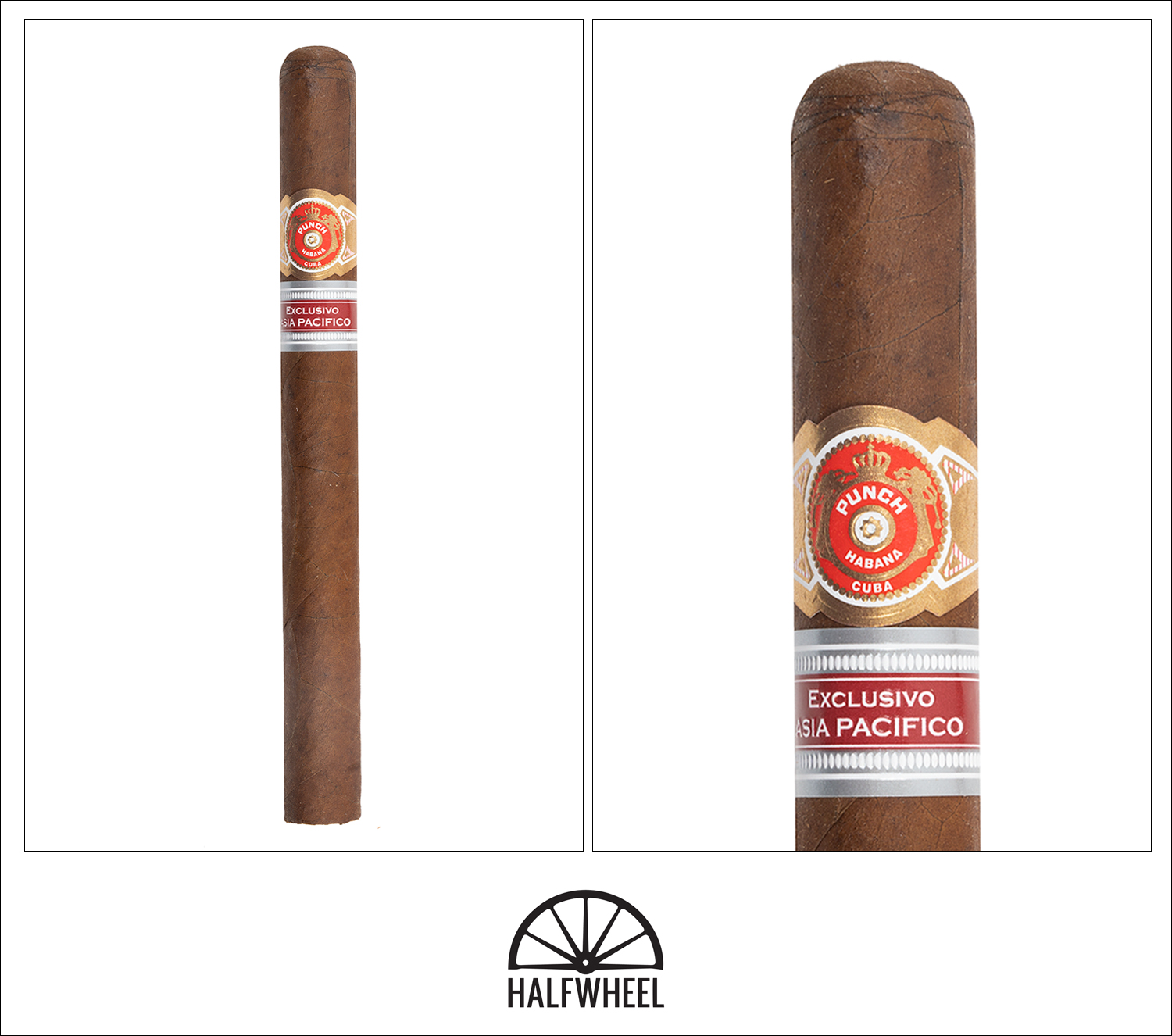
- Cigar Reviewed: Punch 8-9-8 Edición Regional Asia Pacifico 2018
- Country of Origin: Cuba
- Factory: Not Disclosed
- Wrapper: Cuba
- Binder: Cuba
- Filler: Cuba
- Length: 6 7/10 Inches
- Ring Gauge: 43
- Vitola: Lonsdale (Dalias)
- MSRP: $25.50 (Box of 10, $255)
- Release Date: October 2019
- Number of Cigars Released: 8,888 Boxes of 10 Cigars (88,880 Total Cigars)
- Number of Cigars Smoked For Review: 3
This is one of the darker boxes of Cuban cigars I’ve seen in quite some time, a bit reminiscent of what you could expect from Edición Limitadas at one time. The problem is, the wrappers aren’t that pretty. They are rather rough in terms of their feel, and whoever rolled these cigars didn’t do much to help the look. There are tears on the edges where the leaf was cut and the seams are sloppy. The aroma from the wrapper is medium-plus with a ton of acidity and notes of raisins and dry crackers. The foot is a bit stronger, though also muted. The overall intensity is stronger, but the aromas that are present just seem a bit hollow. Those sensations include raisins, vanilla, bread, leather, a perfume smell, and something that reminds me of the aroma of 1792 bourbon. The cold draw has the classic Cuban twang with peanut butter cookies and citrus. It does a great job of being sweet, but not excruciatingly sweet.
The first puff of the Punch 8-9-8 doesn’t produce much smoke in the mouth, which is odd given how much smoke is coming from the foot of the cigar. I pick up a base of woody flavors on top of some charcoal flavors—sort of like the initial aroma when you just light some briquettes—over rice cakes and a touch of saltiness. Unfortunately, it seems pretty clear that the cigars are not bunched properly. While the smoke production in the mouth picks up, I’m having to put far more effort into getting smoke than I should be. The flavor also has all the classic signs of a tight cigar, specifically a unique sourness. It takes shape in the form of a sour earthiness on top of leather, creaminess and touches of sawdust. The finish has pepper, some sour creaminess and woodiness. Retrohales are very woody, with cedar taking the top spot from the Punch 8-9-8. There’s also a sharp wasabi-like burn that carries to the finish, a mixture of minerals, black pepper and some woodiness. Flavor is full, body is medium-full and strength is medium. Construction is fine in terms of point deductions, but the tight draw is definitely affecting the flavor profile.
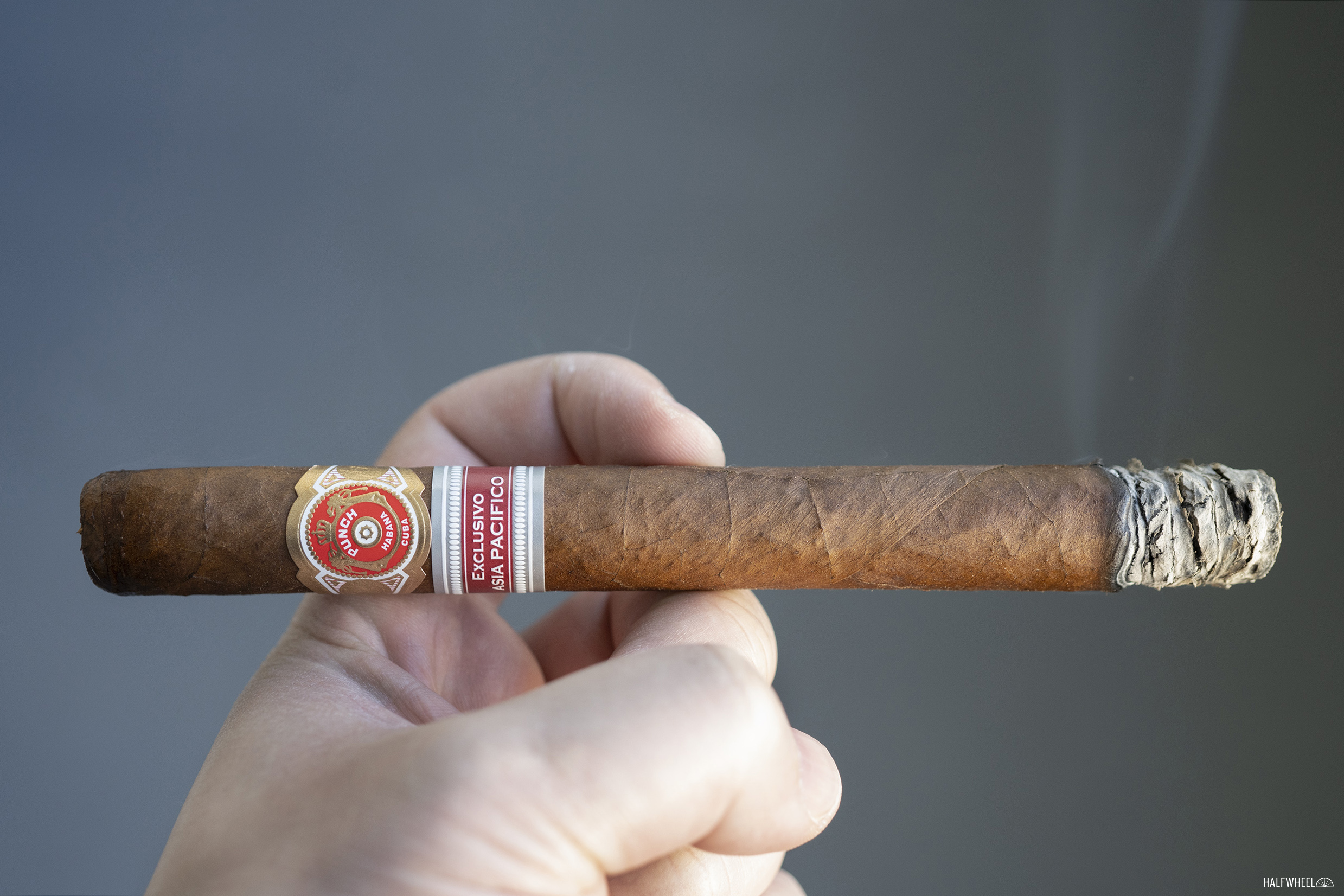
Right around the midway point, I begin my first in a series of touch-ups. It’s not because of an uneven burn, rather, the draw is constricting the airflow and smoke production of the Punch 8-9-8. And as is often the case with cigars that are bunched improperly, it’s getting worse at every puff. The flavor profile is taking the brunt of the punishment; the sourness becomes even more pronounced and is now drowning out a lot of other flavors. There’s still a woody core, though at times it seems more sour than woody, with some red pepper, earthiness, leather and yellow mustard following behind. The finish is a surprising bright spot: some watered down orange soda over woods and red pepper. Retrohales are a mixed bag. Sometimes it’s a woody flavor that overtakes the sourness. Other times, it feels like I just snorted some anise. The finish is creamy with some red pepper, but when the anise is present, it’s just anise. One cigar has a bit of an undercooked pasta flavor, which isn’t my favorite but is better than a lot of the parts of the 8-9-8. Flavor is medium-full, body is medium-full and strength is medium-full.
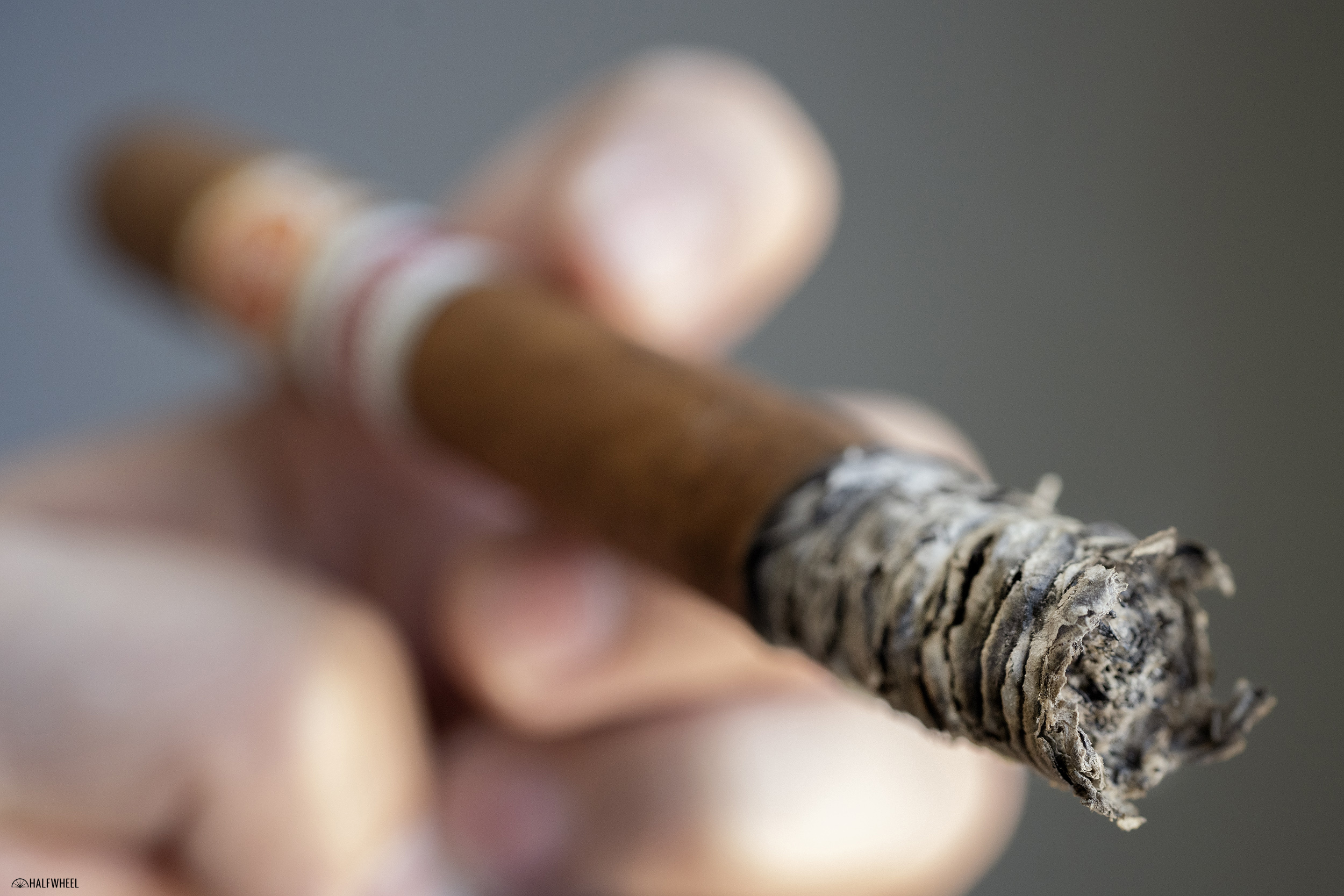
With about two inches left, I’ve reached the point where I really don’t want to be smoking the cigar. To be clear, I would have likely thrown away the Punch 8-9-8 before this point, but there’s nothing left in terms of redeeming qualities. The draw is borderline plugged. Yes, there’s still smoke coming out, but the puffs are having to become more frequent and with more aggressive pulls. The burn continues to be an issue and I decide to have a last stand of sorts, one more touch up with the lighter to jot down some flavor notes for you to read. The main flavor isn’t great, a combination of sourness, woodiness and black pepper. The finish is a bit better, though that might be a matter of where the floor is and not where the ceiling is. There’s a harshness with nuttiness, woods and creaminess. At times there’s some underlying sweetness, but there’s also a lot of sourness. Retrohales are better—but again, the floor—with tons of cinnamon on top of burnt coffee. That cinnamon extends into the finish before the sour woodiness comes back into play.

Final Notes
- It’s a bit ironic that a cigar that is called 8-9-8 isn’t packed in boxes of 25. For those unfamiliar with the name, it’s a reference to how some cigars are packed in 25-count boxes: eight cigars on top, nine cigars in the middle, and eight cigars on the bottom.
- When I picked the first cigar from the box, I felt it around the middle of the cigar and was pretty convinced that I was going to avoid the feared draw issues of Cuban cigars.
- Unfortunately, I didn’t do a full inspection of the cigar, which for me involves feeling the cigar from bottom to top while slowly rotating the cigar in my hand. Had I done that, I would have felt the top of the cigar and gotten concerned.

- But even with that concern, cigars feeling tighter towards the top is pretty common. What’s totally not common is what it looked like once I cut the cap. What you see above isn’t promising. It’s not to say that every cigar that is bunched like that is going to have draw problems, but it certainly reduces the margin for error.
- Interestingly, the cold draws were a bit of a mixed bag in terms of resistance. They were all tight, but only one was in the “I’m concerned” range.
- For those wondering why I didn’t try to pull the best three cigars out of the box for review, that’s just not what we do. I just opened the box and grabbed the cigars without even looking. The idea here is to try to be as random as possible.
- Pacific Cigar Co. is without question the most important and powerful distributor for Habanos S.A. That being said, I really haven’t enjoyed many of the company’s Edición Regional releases, particularly over the last decade. And that being said, I probably enjoy far less than half of the Edición Regionals I smoke.
- The box code for this box is SOP DIC 19.
- Cigars for this review were purchased by halfwheel. We paid $255 for a box from a retailer in the region. Perhaps there was a reason the boxes were on sale.
- Final smoking time was two hours and 45 minutes on average.
I kept thinking the same thoughts. One, why did I assign myself to review this cigar. And more importantly, if you took the bands off and placed these in a store, no one would ever buy another one. It’s the beauty and reality of the Cuban cigar industry. Cigars like this are more or less only produced in Cuba. If there was a level playing field in the countries where cigars like this are sold, Habanos S.A. would have to clean up its quality control issues. But it’s not a level playing field and—as such—duds like this happen. Maybe it’s just this box, maybe it’s the cigars that were rolled that week, maybe it’s a lot more of the Punch 8-9-8s that were sold across Asia. I’m sure there are some that were bunched properly, but what I ended up with just another a long list of Edición Regionals that are a complete waste of money and time.

